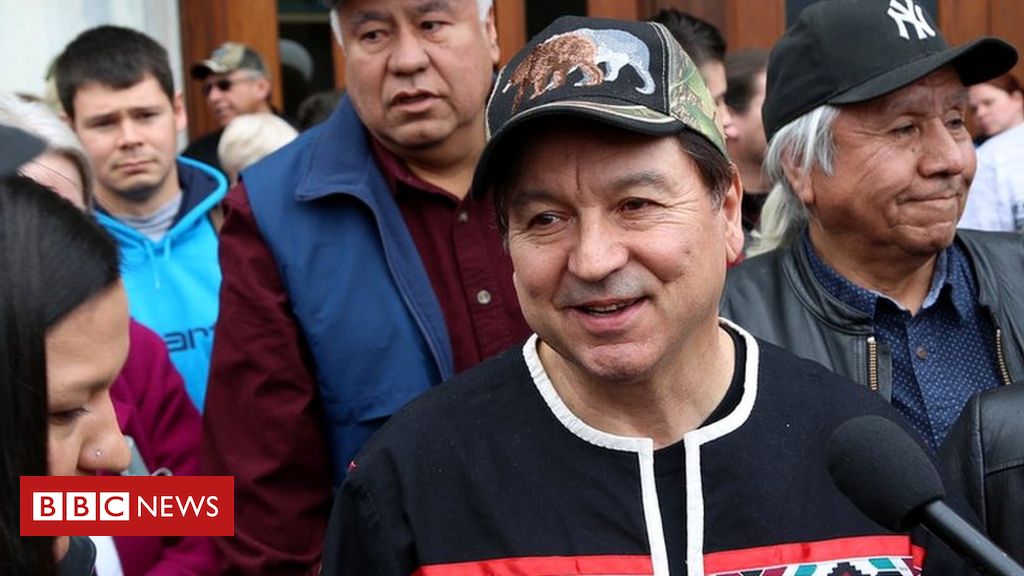- Patricia Sulbaran Lovera
- BBC World
Credit, Justus Caudell / Tribal Tribune
Rick Desautel obtained in court the right to hunt on Canadian lands belonging to the Sinixt nation
One fall morning in 2010, Rick Desautel left his home intending to hunt elk, but also to get arrested.
The 65-year-old American crossed the northern U.S. border with Canada, chased the animal away and presented himself to authorities in the province of British Columbia to say what he had done.
Desautel maintained that he had not committed a crime, but had exercised his right to hunt on land inhabited by his ancestors, the indigenous Sinixt tribe, for thousands of years.
For him, there was no difference between hunting on American territory or on the Canadian side of the border with Washington State, since it was all part of the same sacred land for the natives.

“Prone to fits of apathy. Beer evangelist. Incurable coffeeaholic. Internet expert.”







